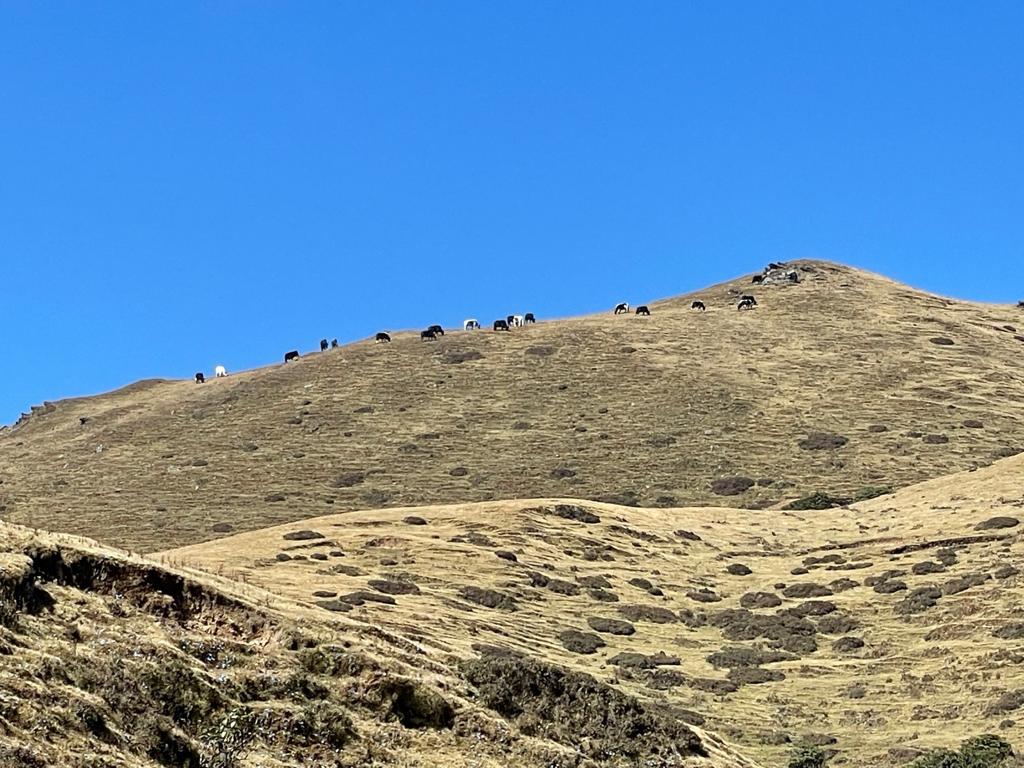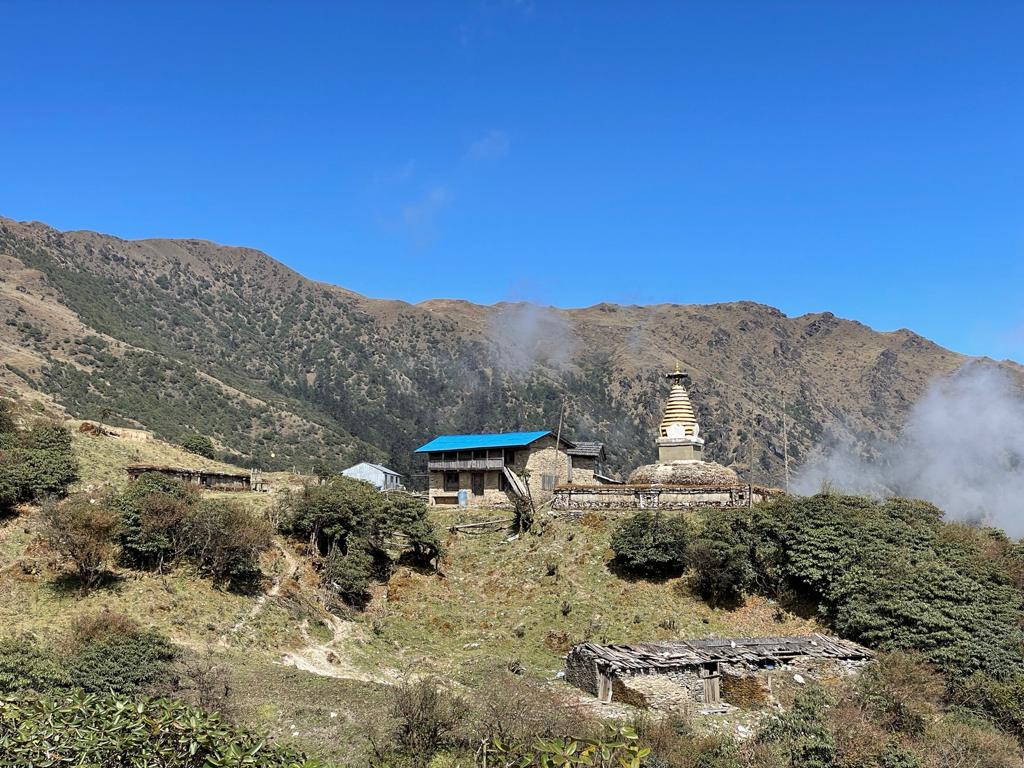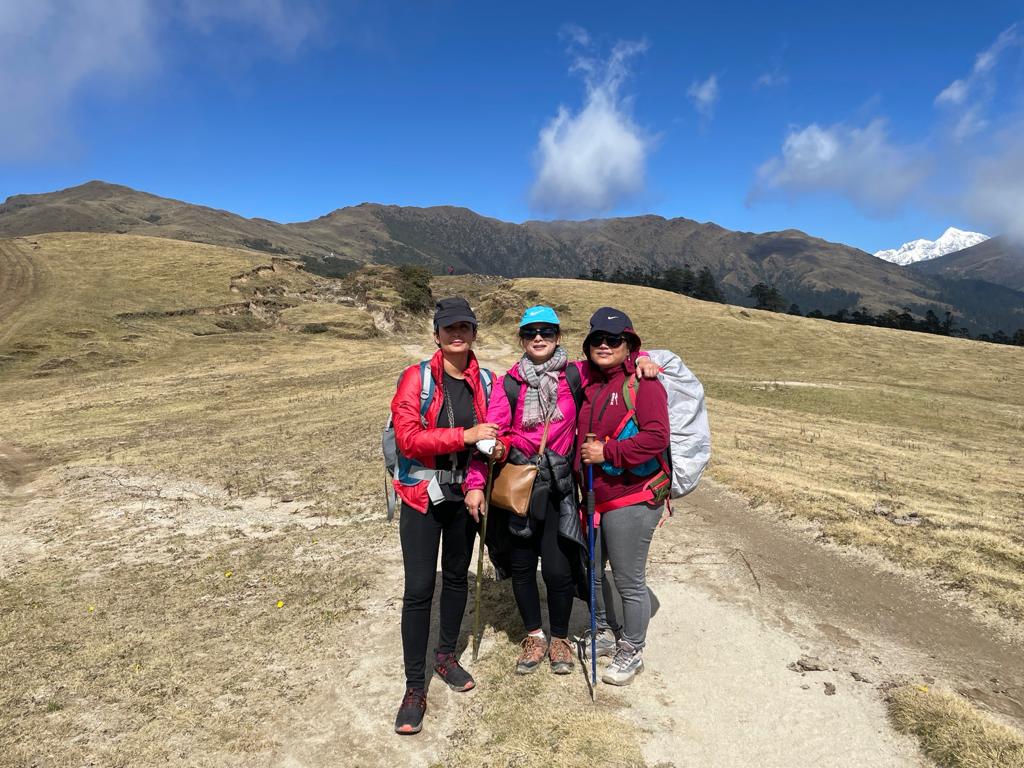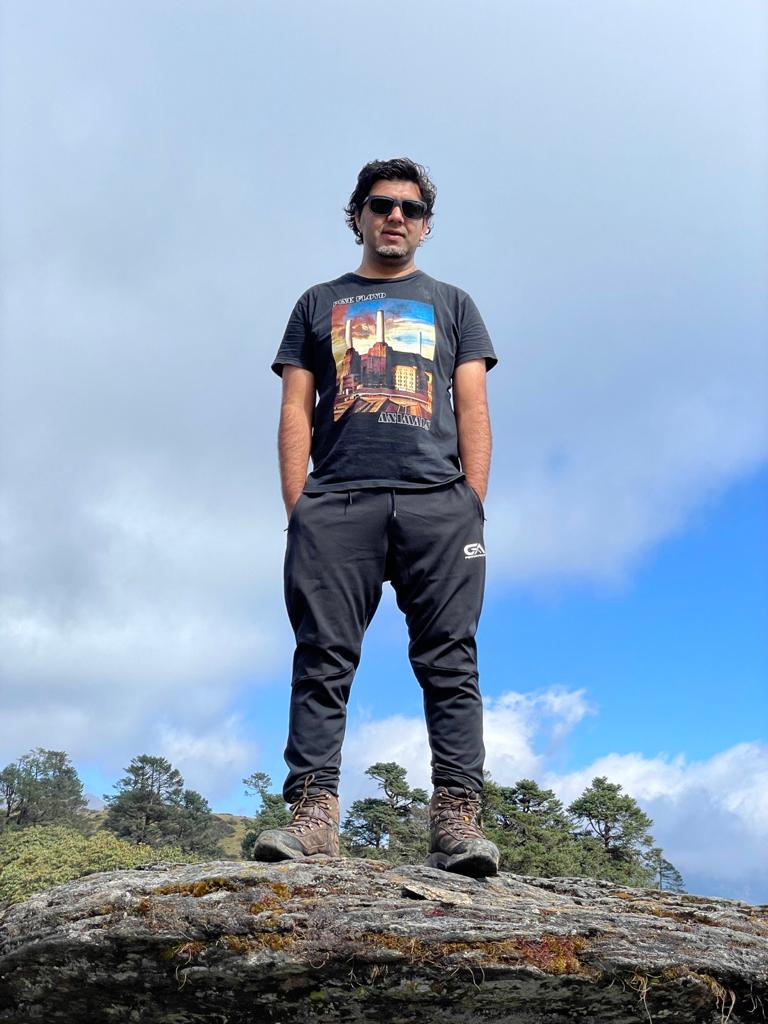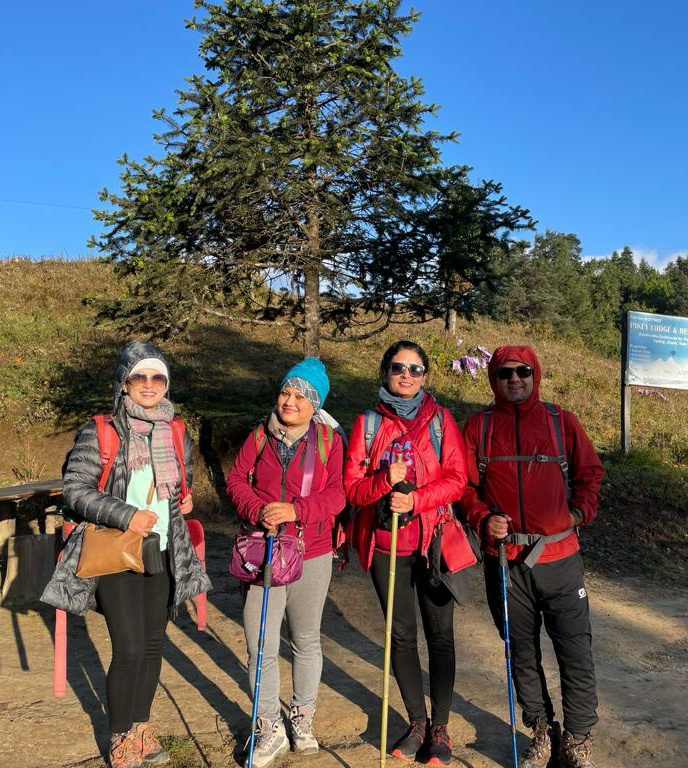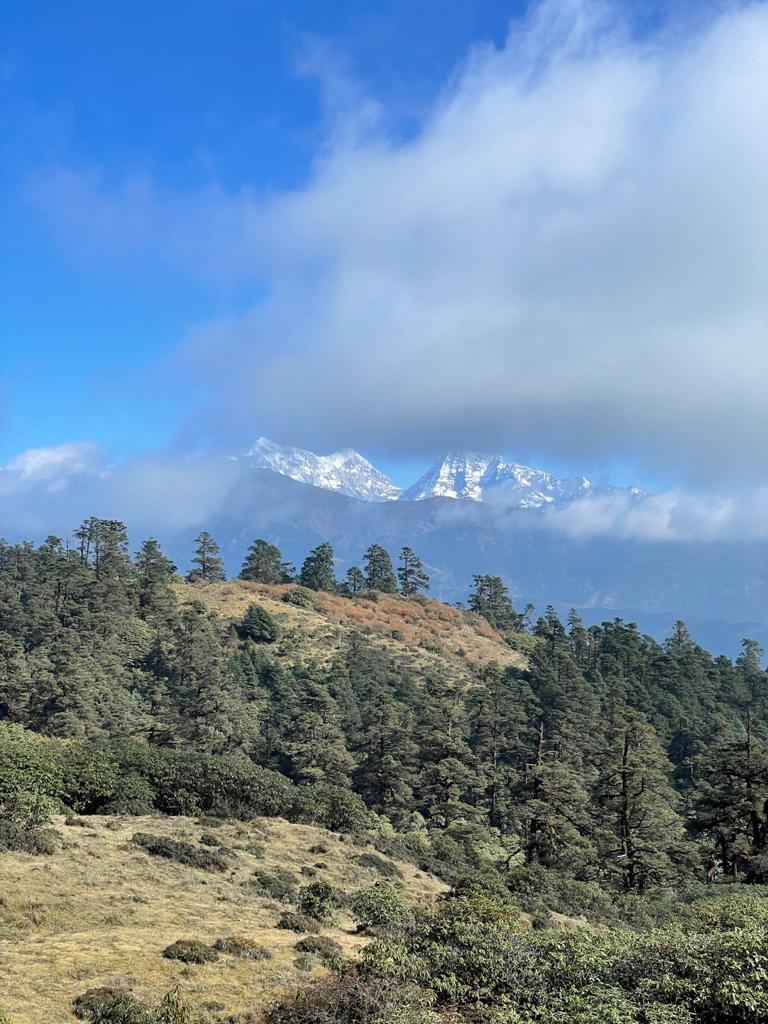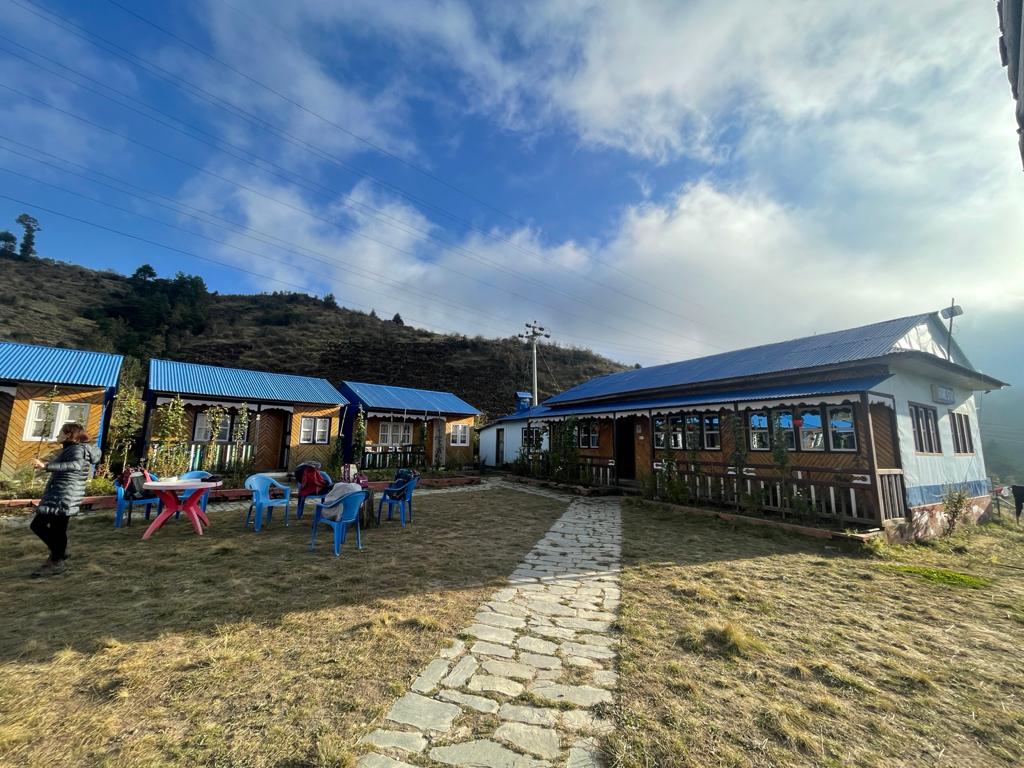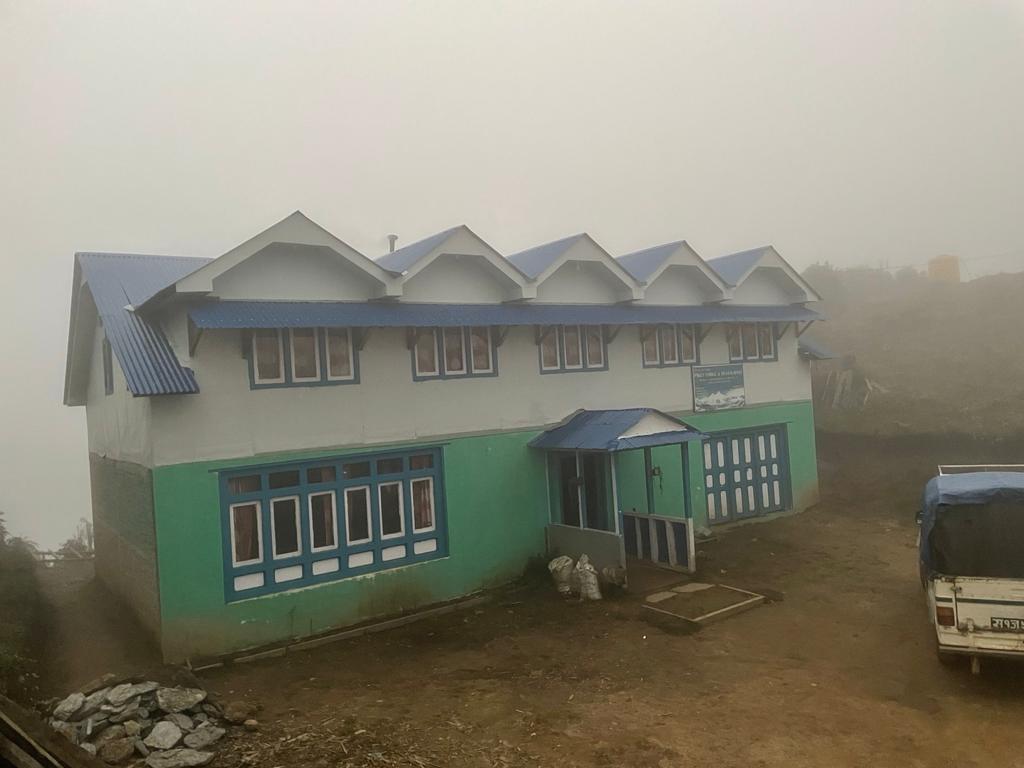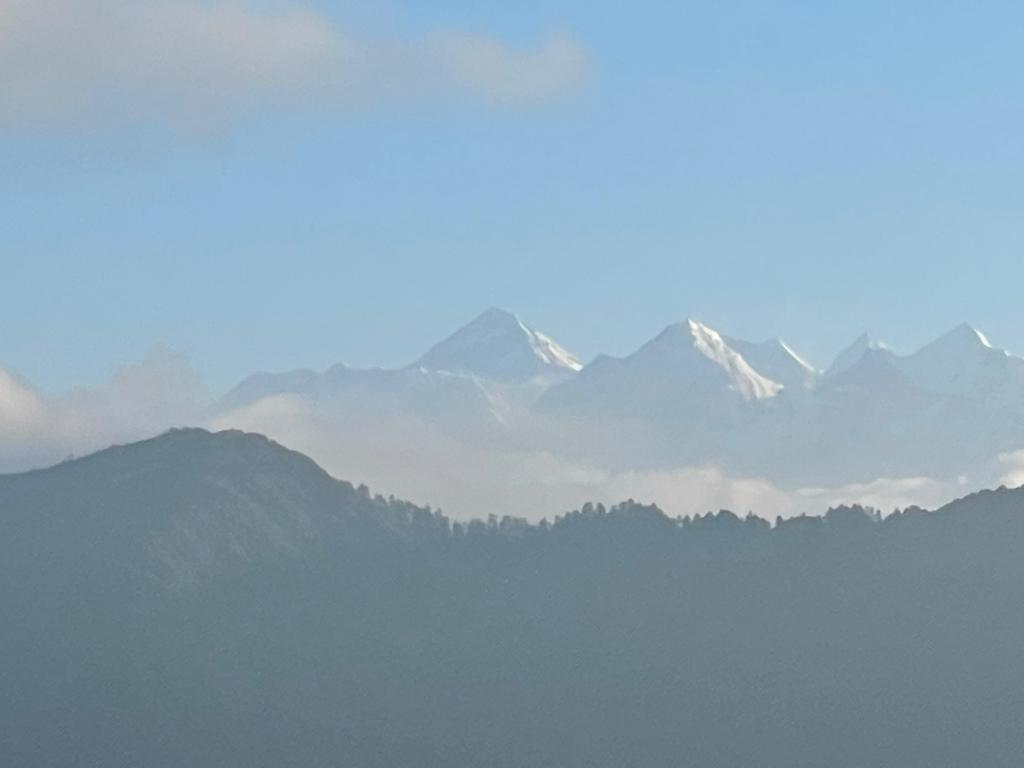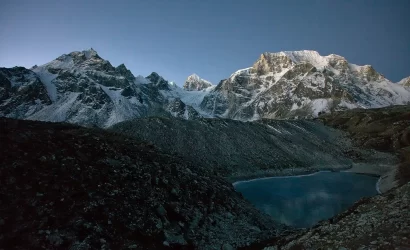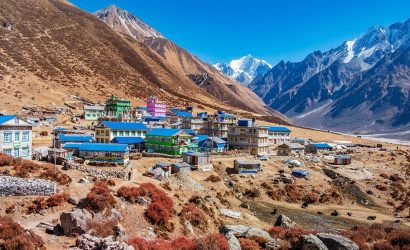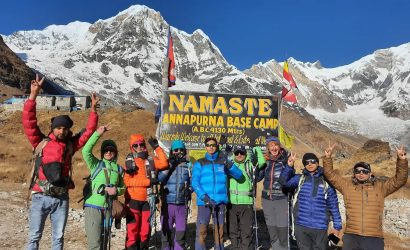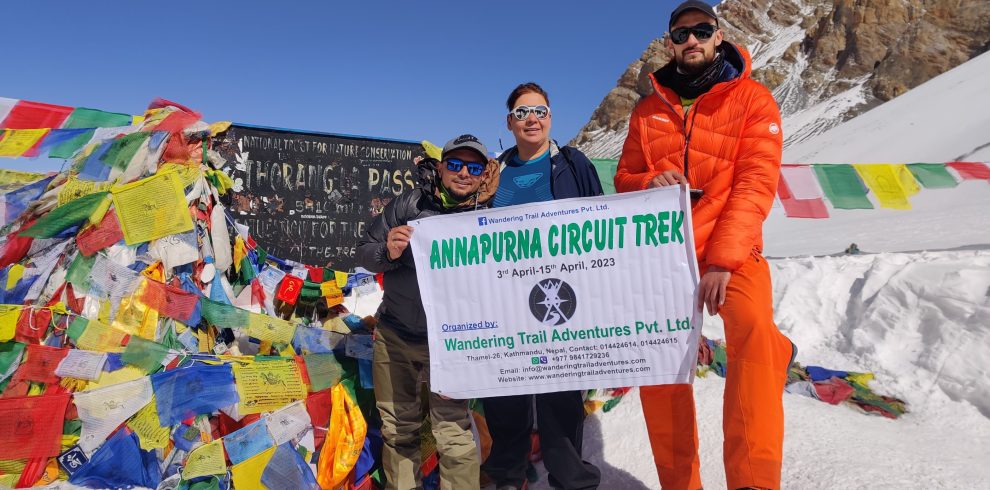-
Kathmandu
-
Kathmandu
-
Moderate
-
Solukhumbu
-
Adventure/Active
-
12+
-
Private and Group
-
Fully Guided
-
Instant Booking
-
4065 m
-
March-May and Sep-Nov
Overview
The Pikey Peak Trek is a new off-the-beaten-path trekking route in the Solukhumbu area, not far from the classic jiri to Everest Base Camp. It’s impossible to disagree with Sir Edmund from the peak of Pikey Mountain. He had proclaimed it to be Nepal’s finest vantage point. From Pikey Peak, on a clear day, you can view all eight of Nepal’s 8,000+ peak summits.
In the east, you can see Everest (8848 m), Kanchenjunga (8586 m), Makalu (8463 m), Lhotse (8414 m), and Cho Oyu (8201 m), while in the west, you can see Manaslu (8163 m), Annapurna 1 (8091 m), and even Dhaulagiri 1 (8167m).
The journey to Pikey Peak starts with an eight-hour drive from Dhap through beautiful landscape and via quaint settlements. On day two, we begin the ascent to Pikey Peak’s summit. From here, you may visit a local town, take in a breathtaking panorama of the surrounding mountains, and stop in at the Thupten Choling Gompa before reaching Junbesi at the finish of your trip. From Junbesi, we descend to Phpalu, where we may catch a flight or drive back to Kathmandu. Use the Pikey Peak Trekking Map to find out the optimal path.
If you want to find a not so difficult but location that yet offers some of the best Nepal trekking experience in Khumbu, the Pikey Peak Trek, a lately promoted absolutely great trip in lower Everest Region, may be your best choice. This quick hike in the Pikey Peak allows you to visit numerous important Buddhist sites, including a number of gompas and stupas. Wonderful views of the Numbur Himal, Mount Everest, and other peaks can be seen from the Pikey Peak Trek no matter which path you take. Many of the world’s highest mountains, including Everest, Kanchenjunga, Makalu, Lhotse, Manaslu, Annapurna, and many more, are seen from the Peak.
Highlights of Pikey Peak Trek
- Best View of Mt. Everest, and surrounding peaks
- Easy & Short Everest View Trek
- Explore unmatched scenery from the Pikey Peak
- A newly promoted less touristic area that offers an off the beaten track trekking.
- Sherpa culture Buddhist monasteries, monuments and religious sites.
- Lush green forest and beautiful countryside landscapes.
Trip Reviews
There are no reviews yet. Be the first one to write one.
Write a Review
Your email address will not be published.

